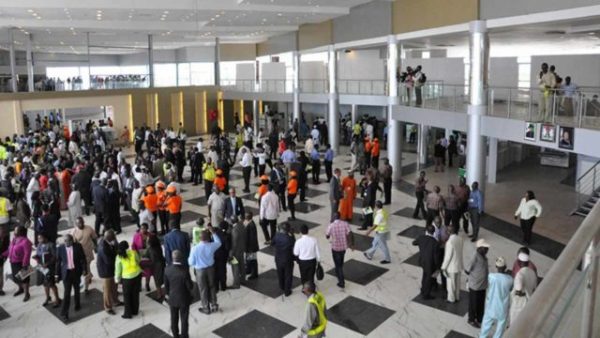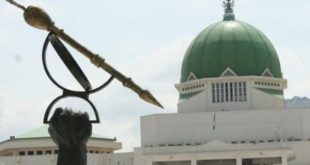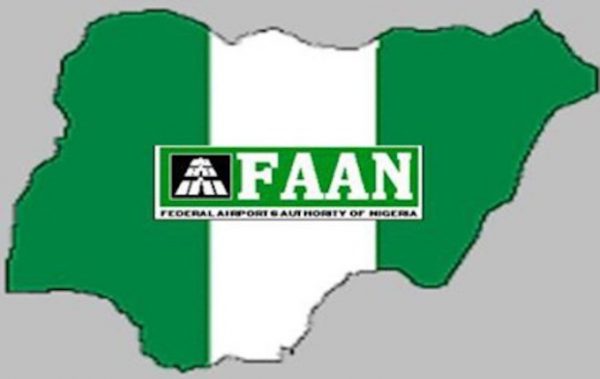
Delays are an inevitable and thus inescapable factors of air travel. Domestic airlines operating in Nigeria recorded 16,429 cases of delayed flights between January and June 2019 according to figures released by the Consumer Protection Department of Nigerian Civil Aviation Authority (NCAA).
However, the delays according to the airlines, were due to operational reasons, scarcity of aviation fuel as well as adverse weather conditions leading to low visibility at most of the airports.
In a bid to address the flight delays associated with adverse weather conditions at the airports, the Nigerian Airspace Management Agency (NAMA) recently acquired Category 3 instrument landing system and Distance Measuring Equipment (ILS/DME) for Lagos and Abuja airports.
The Managing Director of NAMA, Fola Akinkuotu, while commenting on the equipment said installation of the landing aids which would commence soon, was part of the agency’s effort to ensure that aircraft land in adverse weather conditions, especially during the harmattan season.

He also revealed that the second phase of the project involving the installation of ILS/DME in Kano, Port Harcourt and Katsina airports will commence as soon as Lagos and Abuja installations are completed, stressing that the choice of these airports was informed by the severe weather conditions prevalent in them.
This is a land mark in the industry as it is the first time any Nigerian airport would be furnished with the Category 3 ILS, a system that helps aircraft to land in foggy, hazy and hamartan weather conditions, usually blamed for multiples of flights cancelations in Nigeria.
During low visibility operation, there are equipment and technology to help keep aircraft moving safely. One of which is the instrument landing system. An instrument landing system is a guidance type of navigation that provides an instrument-based technique for guiding an aircraft to approach and land on a runway. It uses a combination of radio signals to enable a safe landing even during challenging conditions such as low visibility.
The ILS is sophisticated piece of technology and installed along with an enhanced airfield lighting system to ensure long haul flights could land, which greatly reduces the likelihood of them having to divert to other airports and disrupting the airline schedules. The landing equipment is also used in most developed countries of Europe and America where there are foggy weather and visibility is always low.
Although the acquisition of the instrument is a great move in preparation for the harmattan session, the Federal Airport Authority of Nigeria (FAAN) has to create a more secured airport environment with perimeter fencing and stable electricity supply. This will ensure that the benefit of technology is maximized and effectively utilized.
 MMS PLUS NG – Maritime, Aviation, Business, Oil and Gas News Online Newspaper with coverage in Maritime, Oil and Gas, Aviation, Power and Energy as well as Financial News
MMS PLUS NG – Maritime, Aviation, Business, Oil and Gas News Online Newspaper with coverage in Maritime, Oil and Gas, Aviation, Power and Energy as well as Financial News









